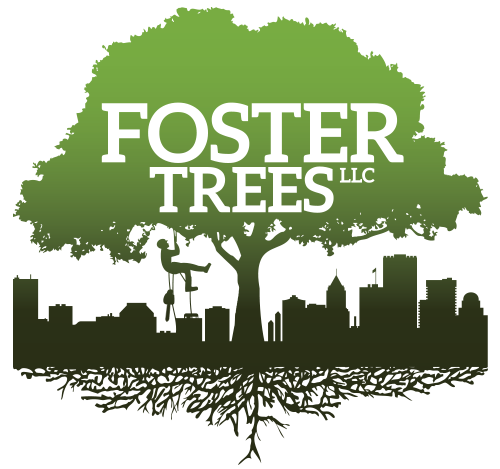In an ecosystem, trees are an important habitat even long after they have died or fallen over.
In the Pacific Northwest, more than 100 species of animals use cavities in decaying trees for habitat, including birds, bats, amphibians and insects.
Retaining a tree on your property in some way (even if it is dead) can provide valuable habitat for species whose historical range has been overtaken by urban development.
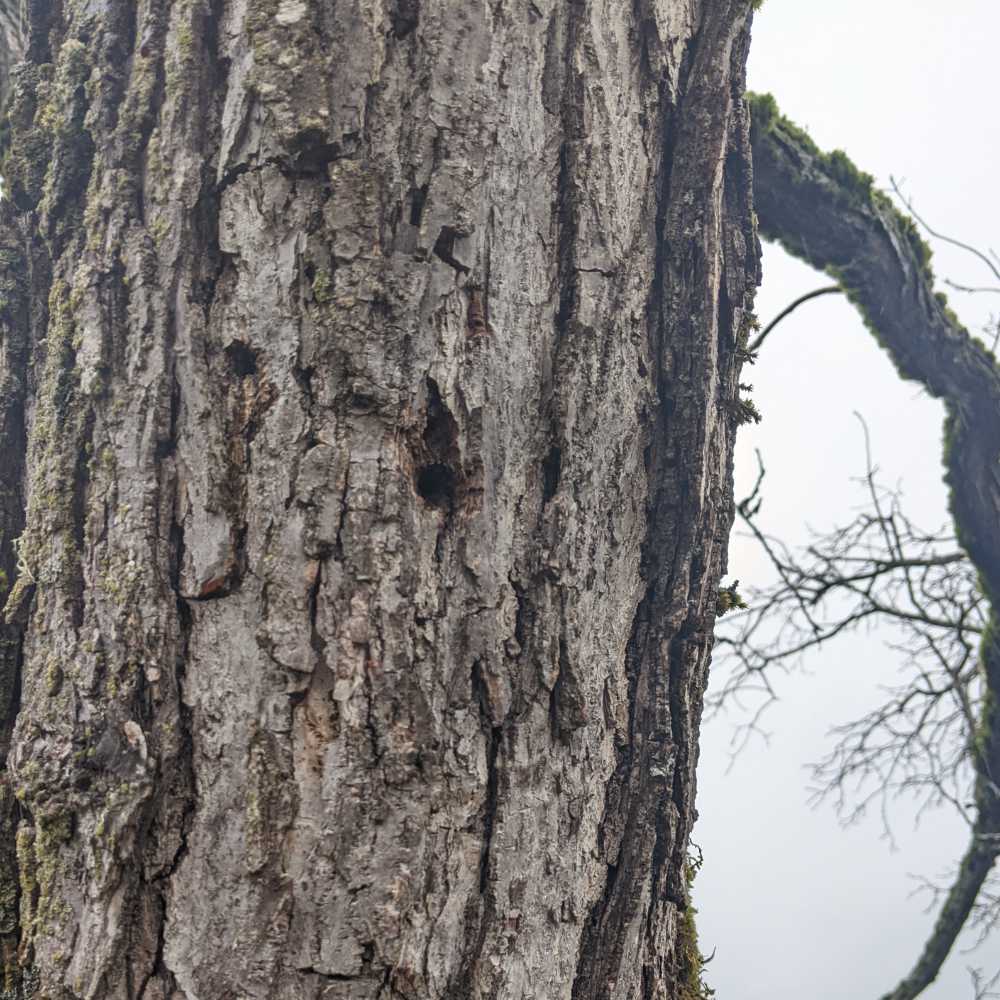
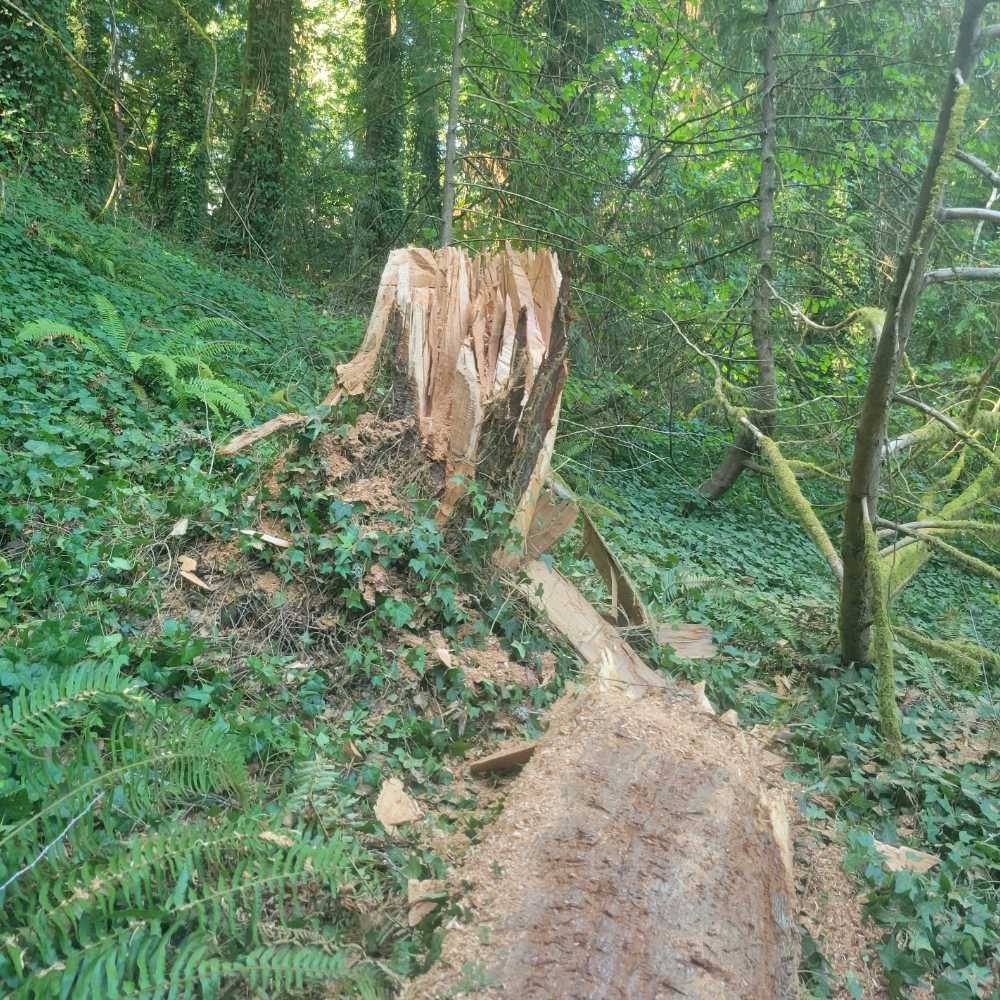
Retaining Woody Material
There are numerous ways to utilize tree material in your yard. You can retain logs or other large woody debris to add to your landscaping on the ground, providing habitat for ground dwelling creatures and retaining moisture in the soil. Providing small piles of sticks can serve as habitat for smaller creatures like some mammals or amphibians.
In some trees, it may be appropriate to retain dead branches to provide insect habitat and encourage woodpeckers or other visitors.
When a tree has to be removed, we may be able to assist in creating a habitat snag (a standing dead or dying tree) to provide shelter or food sources to wildlife in the area. Decaying woody material is often colonized by insects like termites that become a food source to other animals. Woodpeckers seeking food open cavities into decaying wood that are used by many different species of birds or small mammals as homes.
Where appropriate, we may be able to help the process along by carving an artificial cavity in a tree to provide immediate shelter opportunities.
Encouraging Layers
The best wildlife habitat can support creatures by providing food and water sources in addition to shelter. In your yard, consider planting food plants for the species you are trying to attract.
Healthy soil is crucial for plants and animals alike, and we encourage you to provide mulch or retain other soil building resources like fallen leaves. These areas can even be homes for native bee species or small amphibians.
Providing multiple layers of plant life to mimic a forest ecosystem creates numerous niches that wildlife can inhabit.
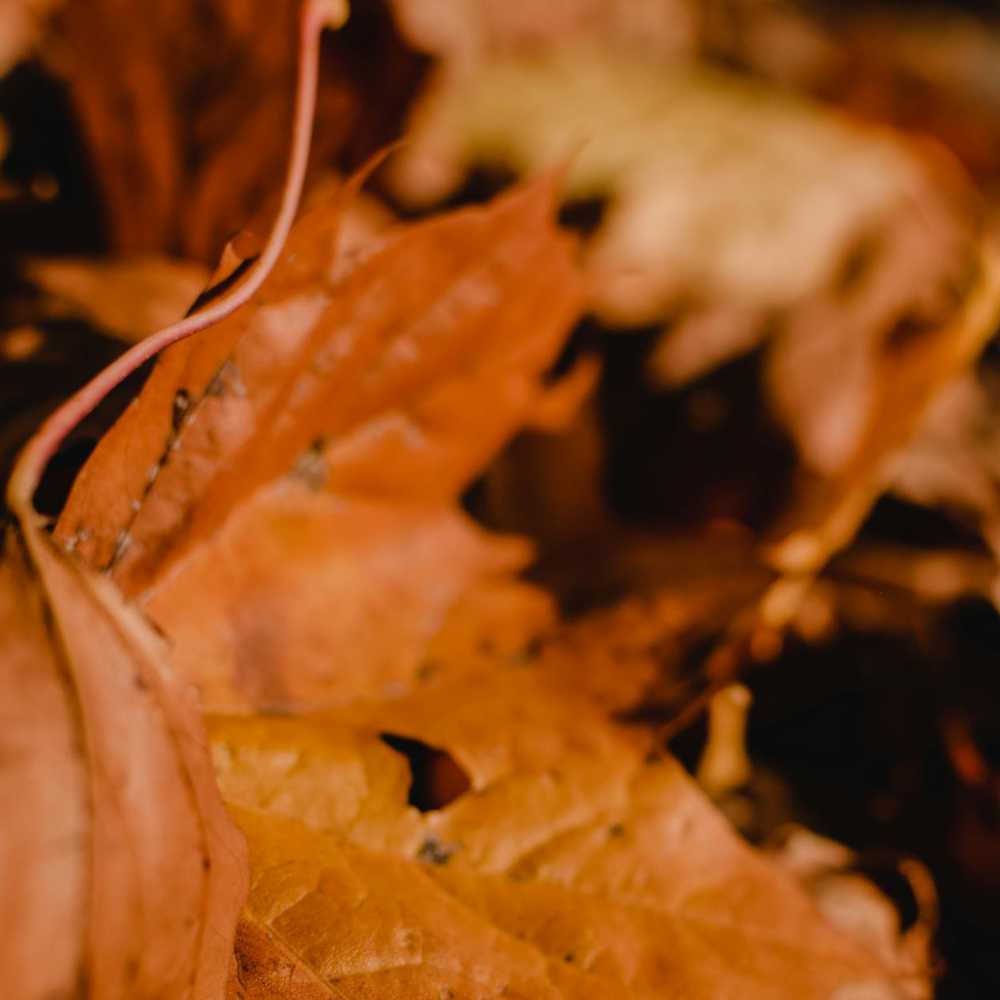
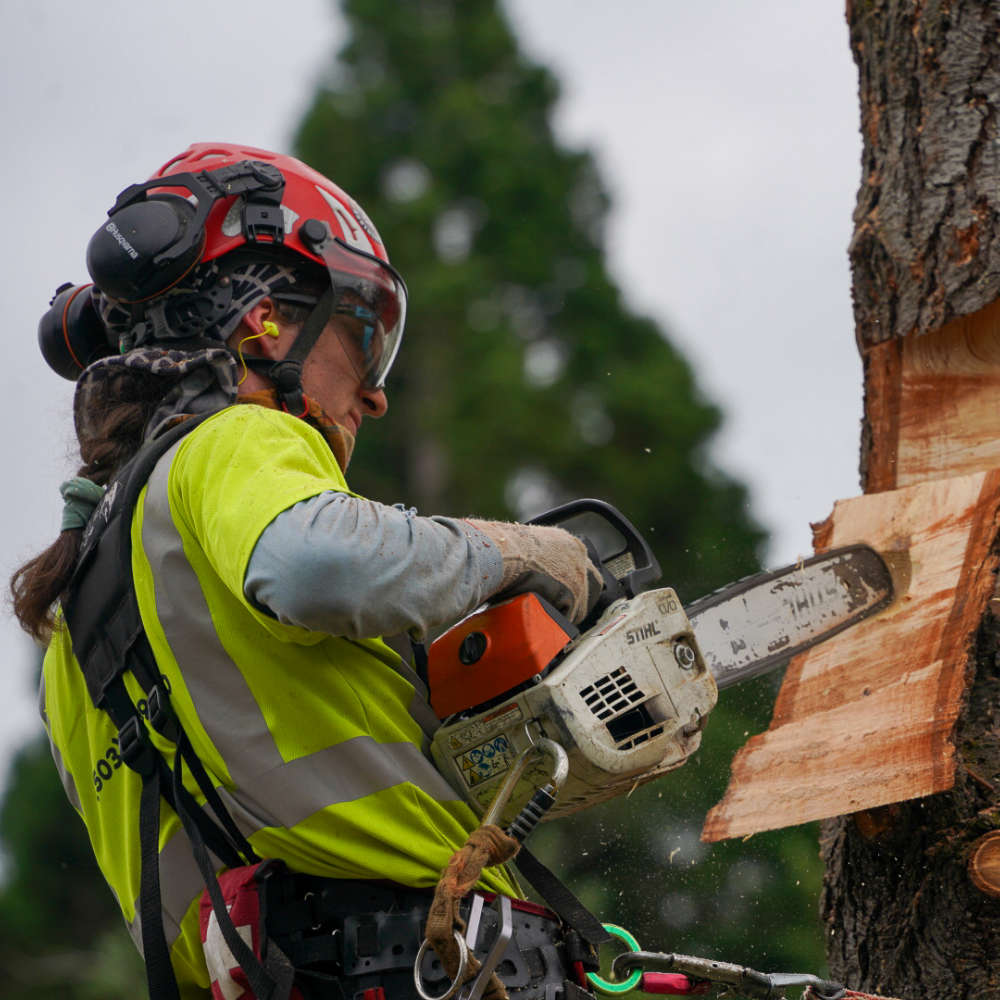
Snags & Artificial Cavities
What does it look like when we carve an artificial cavity in a tree?
We try to leave the tree with as much interest as possible. Coronet cuts (jagged cuts) on top create a more natural look and provide places for water to pool to help introduce decay.
Whenever possible, we leave branch stubs or even whole branches on the tree to provide perching area and because different animals utilize different sizes of woody material. An artificial cavity can be carved into the main trunk of the tree and a “face” replaced with an access hole.
We’d love to see which wildlife come to visit your yard—fill out a free estimate request and we'll come visit too!
